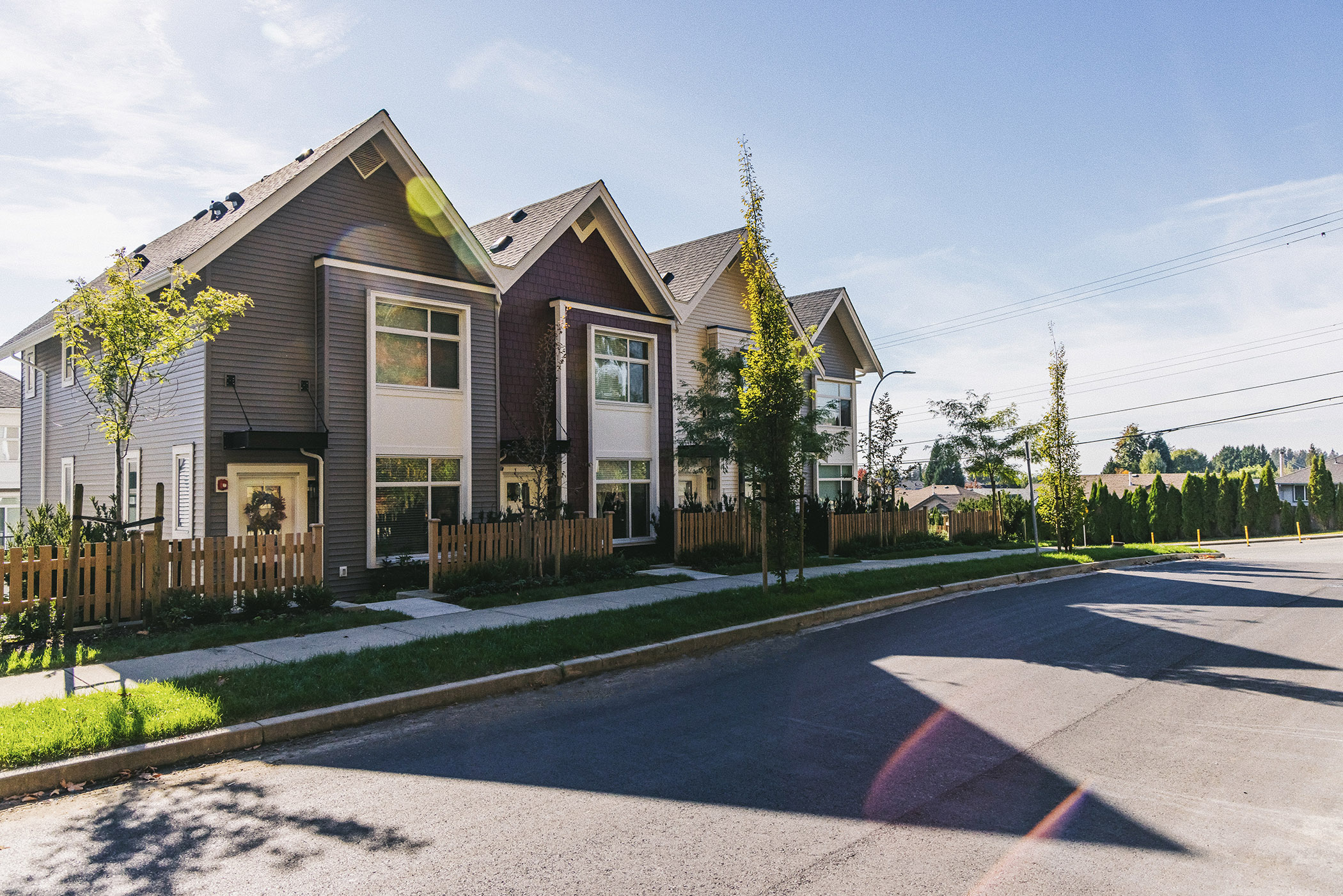As daylight shortens and the weather turns cold, presentation and access matter more than ever. From November through the winter season, successful listings across B.C. aren’t just tidy—they’re easy to tour, easy to understand, and easy to say yes to. Below is Stilhavn’s plain-language guide to showing (and shopping) well in shorter, darker, and snowier days.
Regional snapshots: (seller-controlled checklists)
Metro Vancouver:
In short, wet afternoons and early evenings reward homes that show bright and organized.
What you can control:
Light plan: replace dim bulbs, add warm task lamps, and set timers 30–60 minutes before showings.
Welcoming entry: dry mats, boot tray, small bench/hooks (temporary adhesive works), and umbrella stand.
Clear sightlines: edit surfaces; stack/store excess items to open up hallways and counters.
Photo timing: photograph key rooms at the brightest time of the day; open blinds and angle mirrors to bounce light.
Weekday access: offer reliable mid-week showing blocks (plus one early-evening slot) to fit commuter schedules.
Okanagan:
Crisp mornings and freeze–thaw cycles put emphasis on warmth and visibility.
What you can control:
Warm welcome: run heat a touch higher pre-showing; set fireplace (gas/electric) to low, safe glow.
Crystal-clear glass: clean exterior/interior windows and patio doors; lift blinds for natural light.
Path safety: shovel/brush steps and walkways; lay down ice-melt and a second entry mat inside.
Exterior touch-ups: clear gutters at eaves, trim back branches that block light to main rooms.
Show-ready garage: tidy zones for car + gear; label shelves/bins so storage reads intentional.
Sea to Sky: (Squamish & Whistler)
Snow and gear are a given—make logistics feel easy.
What you can control:
Gear-smart entry: add a durable mat, boot dryer or tray, and if needed, a simple rack for boards/skis.
Heat confidence: service furnace/boiler, replace filters, and set programmable thermostats to a steady, comfortable temp.
Snow plan on display: place a small bin of ice-melt and a shovel visibly near the door; clear paths before every tour.
Sunshine Coast:
Coastal rain and ferry timing reward clear approach and flexible access.
What you can control:
Wayfinding & approach: brighten house numbers, add pathway lights, and sweep/dry the entry.
Inside first impression: create a tidy drop zone (bench/hooks/mat) and a well-ventilated main floor.
Weather buffer: keep extra towels and a spare umbrella by the door; protect floors with a runner during tours.
Ferry-aware showings: offer defined windows that align with common sailing times to reduce no-shows.
Strata touch: if applicable, tidy balcony/patio and note quiet hours/elevator booking on a simple one-pager for visitors.
What it means for buyers
Shop the calendar, not just the listing. Shorter days reward organized tours. Aim for lunch-hour or early-evening windows and bring a simple checklist (light, noise, warmth, storage, access).
Test door-to-desk at real times. Evening commutes and winter conditions can change the math; do a live run if the route is mission critical.
Prioritize “ready now.” If your schedule is tight, choose layouts and buildings that work on Day 1. Projects can wait for longer spring light.
Outlook: a tailwind, not a whirlwind
Shorter days don’t slow motivated buyers; they clarify what wins—accurate pricing, bright presentation, and low-friction access. Through late fall and winter, momentum should favour well-located, turnkey properties and buyers who are organized, selective, and ready to act when the fit is right.
Stilhavn’s Take
We’ve pulled together a range of tools, resources, and practical tips—from photo timing and lighting plans to weekday access strategies and winter-readiness checklists. Choose what fits your home and region (Metro Vancouver, the Okanagan, Sea to Sky, or the Sunshine Coast), and you’ll make your property easier to tour, easier to appreciate, and easier to say yes to as the days grow shorter.











